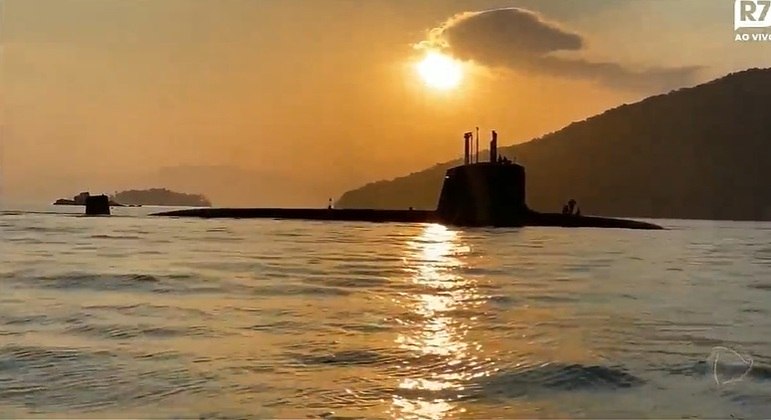Inside São Paulo, the Navy is preparing to test Brazil’s first nuclear-powered engine, which will be installed in a submarine. The technology was entirely developed in Brazil and is part of the country’s submarine fleet renewal project.
It is at the Technological Center of the Navy in Iperó, 125 kilometers from the capital of São Paulo, that the first Brazilian nuclear-powered submarine engine is being assembled. It is a technique mastered by only six countries in the world: the United States, Russia, the United Kingdom, France, China and India. In Brazil, it was designed in an unprecedented way.
Everything is developed in the greatest secrecy. Commander Luís Cláudio Farina, director of the Aramar Nuclear Industrial Center, explains that it is for the safety of the project and the knowledge generated. “The goal is that this knowledge stays in the navy and is not diverted to other projects that are not peaceful like ours,” he says.
the journalism of Record TV had access to the preparation of the nuclear generation laboratory. It is a steel giant, just like the nuclear submarine. Everything is done in full size, so engineers can simulate reactor operation and make any necessary modifications before final installation.
In the technology center, equipment will also monitor radioactivity, which is harmful to the human body. Therefore, these security tests are critical.
“It would be unacceptable for performance tests, in adverse conditions, to be handled at sea, because if something goes wrong, it is the lives of the crew members who are there in this situation,” says Commander Salvador Ramos, deputy director of the Navy Technology Center.
“All emergency situations will be tested and validated so that we can then have the plant installed in the submarine, already knowing how it behaves and our ability to control this nuclear plant.”
Previously, the project came up against a limit: no country provides nuclear fuel for this purpose. The difficulty was overcome by the Navy’s Industrial Nuclear Center, which today dominates uranium enrichment.
Part of the plant is under construction and by 2025 it should be fully operational. The technology will be installed on the last of five submarines being built in the Rio metropolitan area.
Fleet renewal is a partnership between Brazil and France. The first engine is expected to enter service by the end of this year. Deliveries go until 2034.
In a traditional submarine, the batteries are charged by diesel generators, but the autonomy can reach 45 days. With nuclear power, it’s seven years. The uranium enrichment process is entirely developed at the Technological Center. That’s 48 megawatts of power. This means that an underwater nuclear reactor could light up a city of 20,000 people.
Submarines help keep the entire Brazilian coast safe. 95% of Brazil’s foreign trade passes through the so-called “blue Amazon” and most of the oil (93%) and natural gas (75%) consumed in the country.
Engineers believe that in the near future, nuclear reactor technology could be used in other areas. Making seawater drinkable and bringing electricity to remote areas are already on the radar.

“Amateur web enthusiast. Award-winning creator. Extreme music expert. Wannabe analyst. Organizer. Hipster-friendly tv scholar. Twitter guru.”
